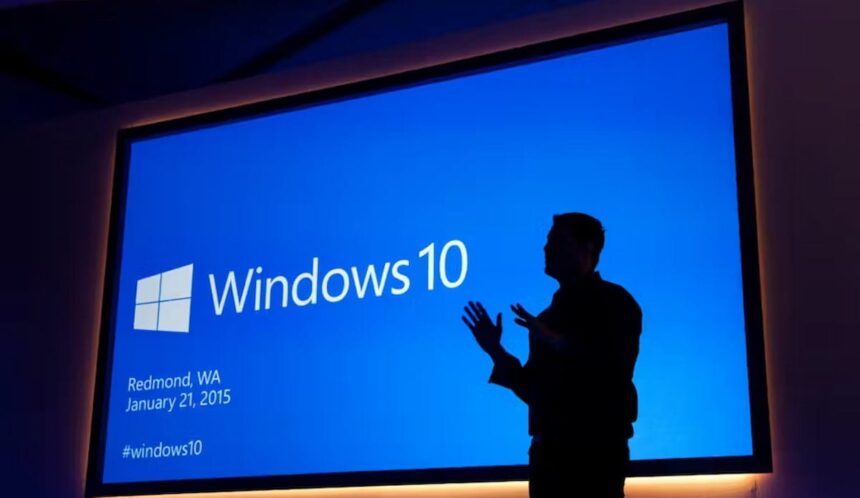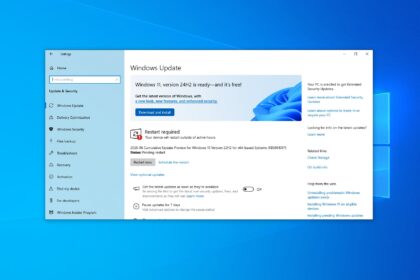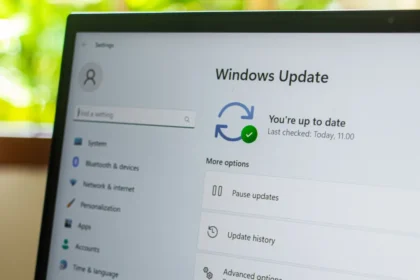With Windows 10 support ending on October 14, 2025, attention has shifted to Microsoft’s Extended Security Updates (ESU) program, which gives users the option to continue receiving critical security patches.
Recently, there was some confusion about whether a Microsoft account would be mandatory in the European Union to access ESU. At first, reports suggested that EU users would be exempt and only need to enable ESU manually through system settings.
Microsoft ratifies: You will need an active Microsoft account to continue receiving updates on Windows 10

Just like in other regions, a Microsoft account will be required to activate and use ESU in Europe. The only difference is that EU users won’t be forced to link their settings with OneDrive or use the Windows Backup app, requirements that still apply in the U.S. and elsewhere.
In an official statement, Microsoft explained:
“The registration experience in the Extended Security Updates program (ESU) for Windows 10 may vary by region based on local market factors. In the European Economic Area, we are making updates to ensure the process aligns with local expectations while maintaining security and providing a smooth experience. Registration for ESU will begin in early October, with coverage starting on October 15, 2025. To enroll, the latest Windows update must be installed.”
Another important detail: the Microsoft account must remain active. Microsoft will check usage every 60 days, and if the account is found inactive, ESU access will be suspended. Users would then need to reactivate support manually. Those who prefer not to deal with this will have the option to pay $30 for extended updates instead.











